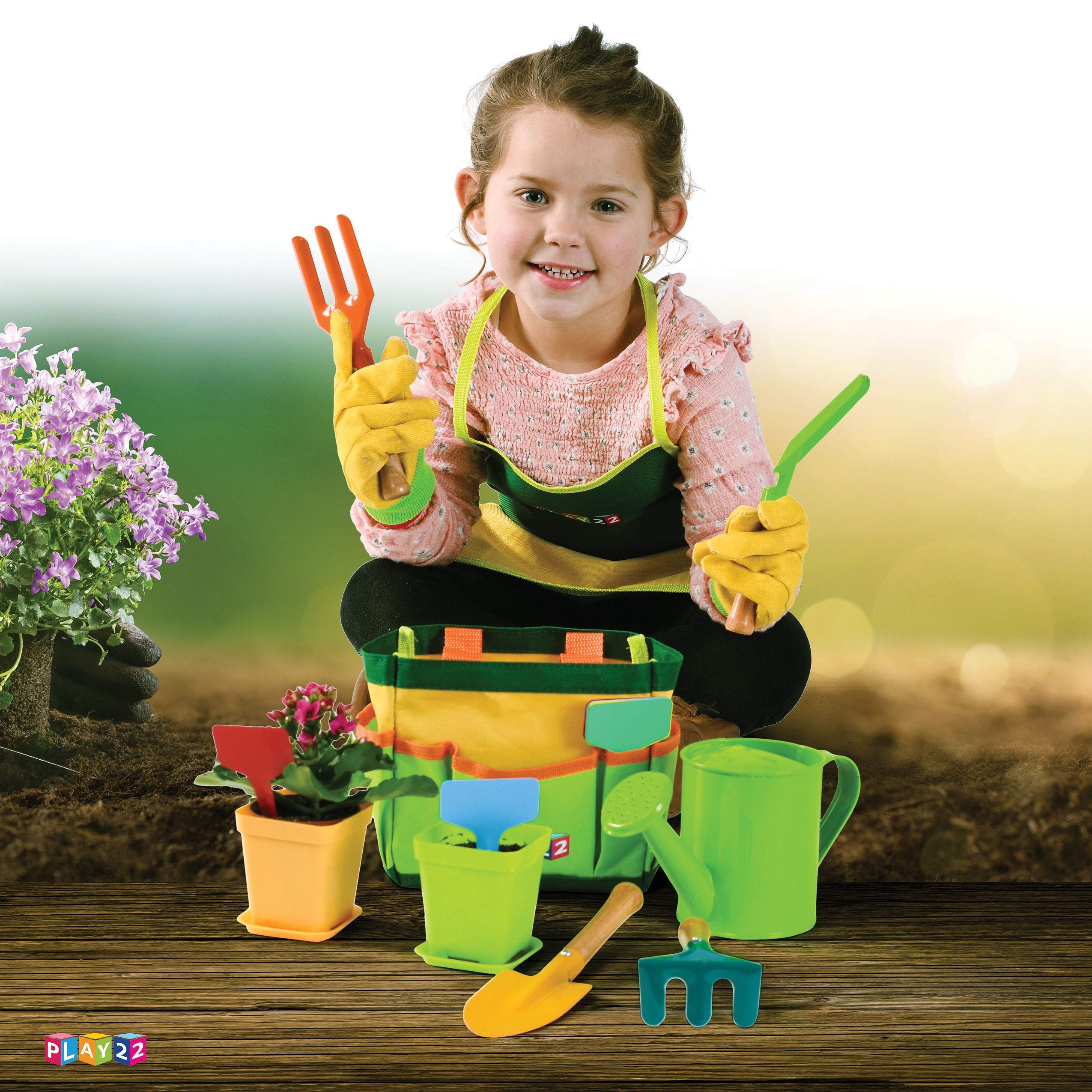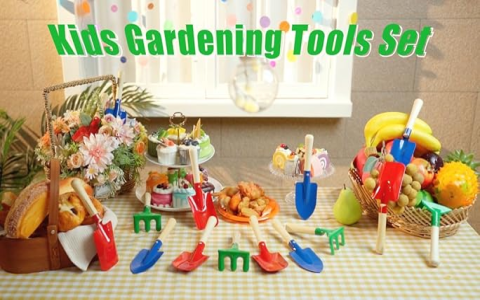Alright, so I wanted to share my little adventure with getting gardening tools for my preschoolers. You see these cute pictures, kids happily digging, and think, “Yeah, I can do that!” It’s not always that simple, let me tell you.
My First Go-Around: The Plastic Trap
I went out, all enthusiastic, and bought one of those colorful, plastic gardening sets. You know the ones. They look adorable on the shelf. Little spade, tiny rake, the whole shebang. Thought I was all set. Handed them over to my little ones, and off we went to the patch of dirt we call a garden.

Well, that excitement lasted all of about ten minutes. The little plastic spade? Bent completely out of shape trying to dig into slightly firm soil. The tines on the rake? Snapped off one by one. It was a disaster. The kids got super frustrated, whining that their tools were “broken,” and honestly, I was pretty ticked off too. What a waste of money on flimsy junk.
Thinking it Through: What Went Wrong?
So, there I was, with a pile of broken plastic and two sad kids. I realized these “toys” weren’t really tools at all. They were just pretending to be tools. Kids, especially preschoolers, they want to do real things. They want to mimic us. If they see me using a sturdy spade, they want something that feels just as capable, even if it’s smaller.
It got me thinking about when I was a kid. We didn’t have special “kid-sized” everything. We just used smaller versions of adult things, or honestly, sometimes just our hands and old spoons from the kitchen. And we managed just fine. We got dirty, we dug holes, we planted things. It wasn’t about the perfectly marketed tool; it was about the doing.
What I Ended Up Doing: A Mix and Match Approach
So, I ditched the idea of those “preschooler specific” sets. I started looking for alternatives, and here’s what actually worked for us:
- Real, but smaller: I found some trowels and small hand rakes that were basically miniature versions of adult tools. Metal heads, solid wooden or good-quality plastic handles. Things that could actually take a bit of abuse from an enthusiastic three-year-old. They cost a bit more, sure, but they’ve lasted.
- Buckets are GOLD: Simple, sturdy buckets. For carrying dirt, weeds, water, treasures they find. Don’t underestimate a good bucket.
- Their own hands: Honestly, for a lot of tasks like patting down soil, making little holes for seeds, or even pulling small weeds, their hands are the best tools. Plus, they love the feeling of the dirt.
- Old kitchen utensils: An old, sturdy spoon can be a great digging tool for little hands. Just make sure it’s not sharp.
- Watering cans (that actually work): We got small, lightweight watering cans that they could actually lift and tip themselves without spilling everything immediately. The novelty ones with tiny spouts often just dribble.
It wasn’t about finding one perfect “set.” It was about finding individual pieces that were durable and actually functional for little people. We also made sure they knew these were real tools, not toys to be thrown around, and they had to help clean them up. That was a lesson in itself.
So yeah, that was my journey. Fewer tears, less broken plastic, and a lot more actual gardening getting done. Sometimes the simplest approach is the best, even when the stores try to tell you otherwise.




















